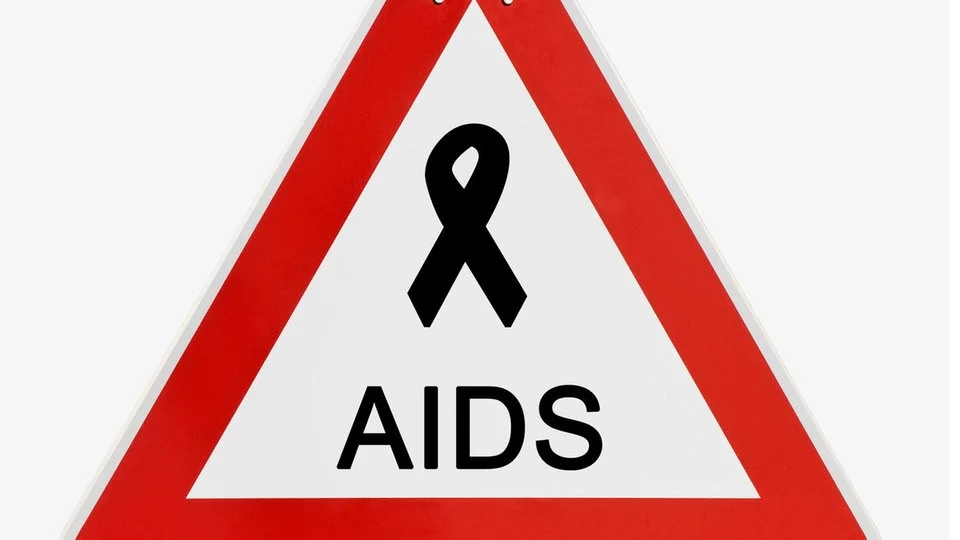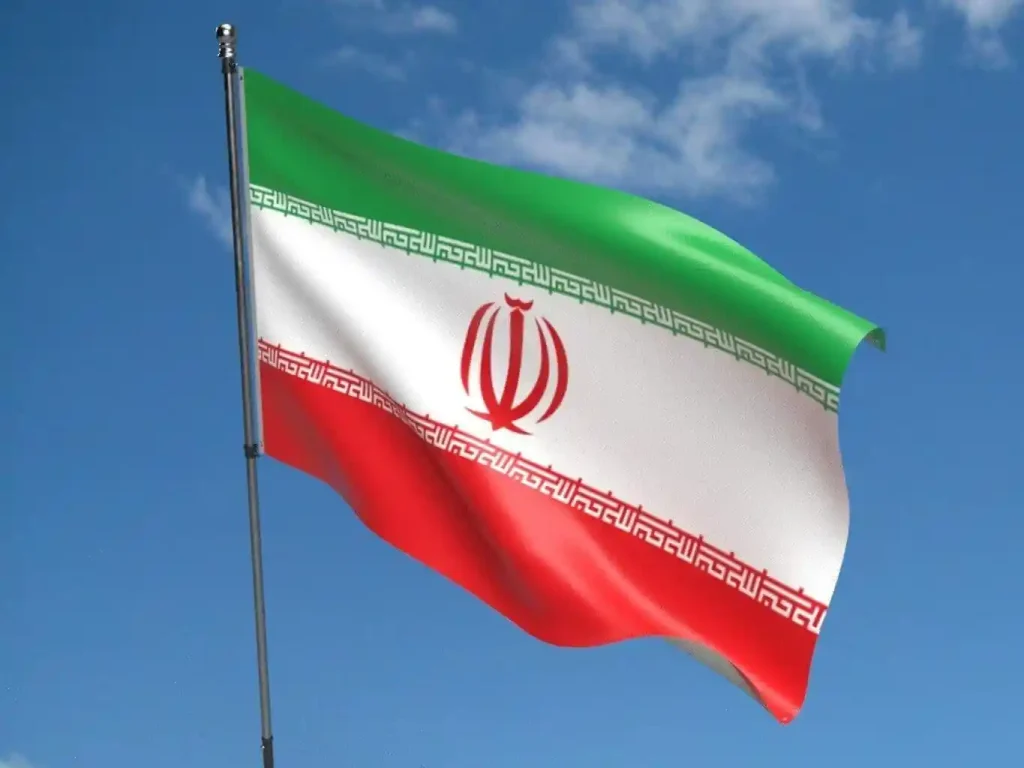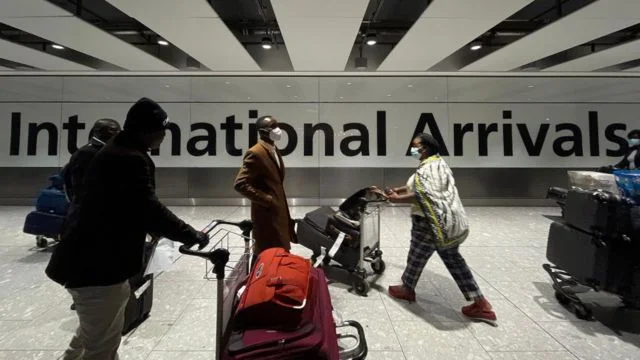Decades of U.S.-led investment in AIDS programs have reduced deaths to the lowest levels in over 30 years, saving millions with life-saving medicines.
However, a sudden U.S. funding withdrawal since January 2025 has triggered a “systemic shock,” warned U.N. officials.
A new UNAIDS report released on Thursday highlights that without replacement funding, 4 million AIDS-related deaths and 6 million new HIV infections could occur by 2029.
The $4 billion cut has destabilized supply chains, closed health facilities, left clinics understaffed, and disrupted prevention and testing efforts, forcing community organizations to scale back HIV activities.
PEPFAR’s Critical Role
The U.S. President’s Emergency Plan for AIDS Relief (PEPFAR), launched in 2003 by George W. Bush, has been a “lifeline” for high-HIV regions, supporting 84.1 million tests and 20.6 million treatments.
In Nigeria, it funded 99.9% of preventive medicines. The Trump administration’s suspension of foreign aid, including PEPFAR, and plans to close USAID have jeopardized this progress.
Andrew Hill, an HIV expert, criticized the lack of warning, noting the abrupt closure of African clinics stranded patients.
U.N. Assistant Secretary-General Angeli Achrekar expressed cautious hope for PEPFAR’s continuation under a waiver by Secretary of State Marco Rubio, though its future remains uncertain.
Global Impact and Challenges
With 630,000 AIDS deaths in 2024—stable since 2022 after a 2004 peak—progress was already uneven, with half of new infections in sub-Saharan Africa.
Tom Ellman of Doctors Without Borders warned that local funding cannot replace the U.S. gap, leaving countries vulnerable.
Experts like Dr. Chris Beyrer from Duke University highlight another loss: halted HIV surveillance data, crucial for tracking and controlling the virus.
UNAIDS fears that geopolitical shifts, wars, and climate change could deter other donors, risking a reversal of decades of gains in multilateral HIV efforts.
UNICEF Condemns Killing of Children During Gaza Aid Distribution























